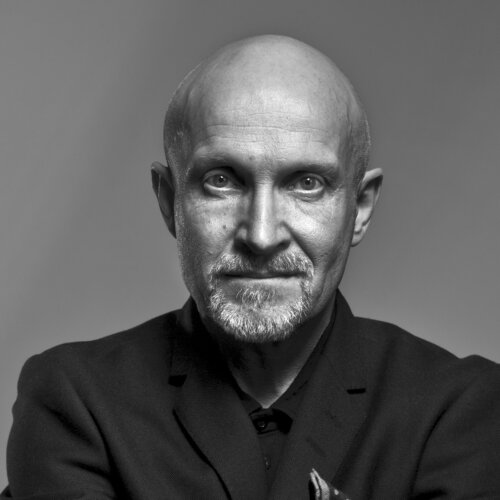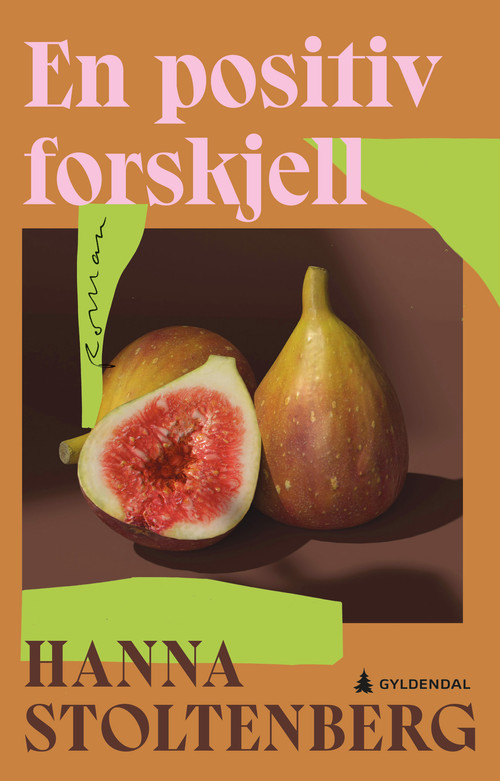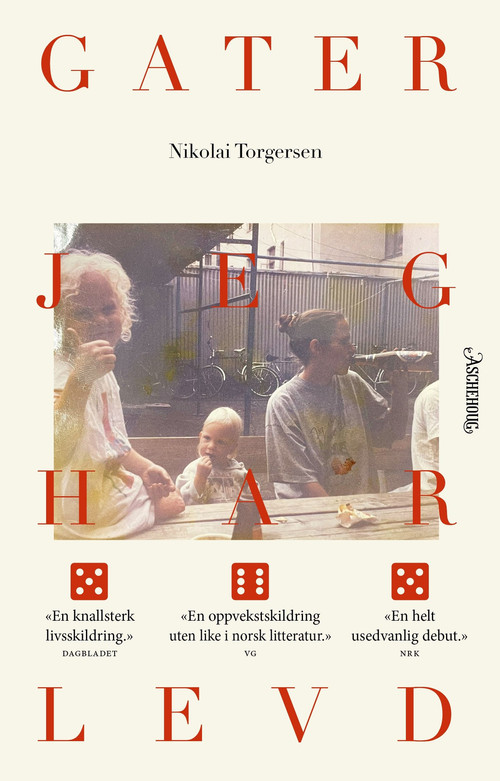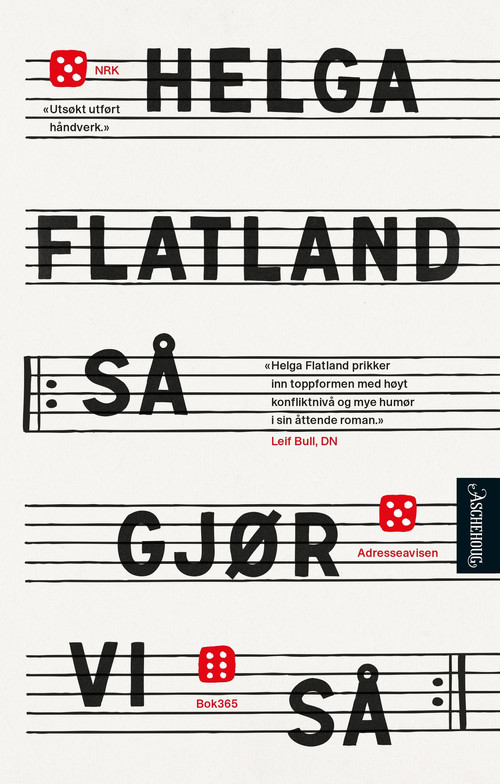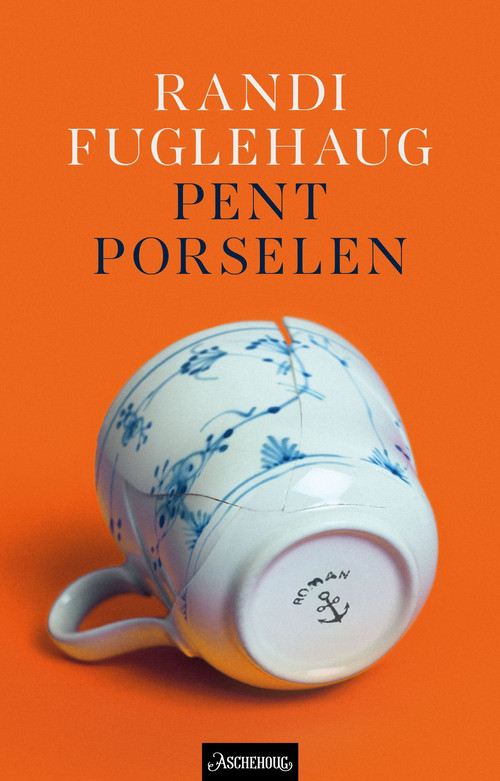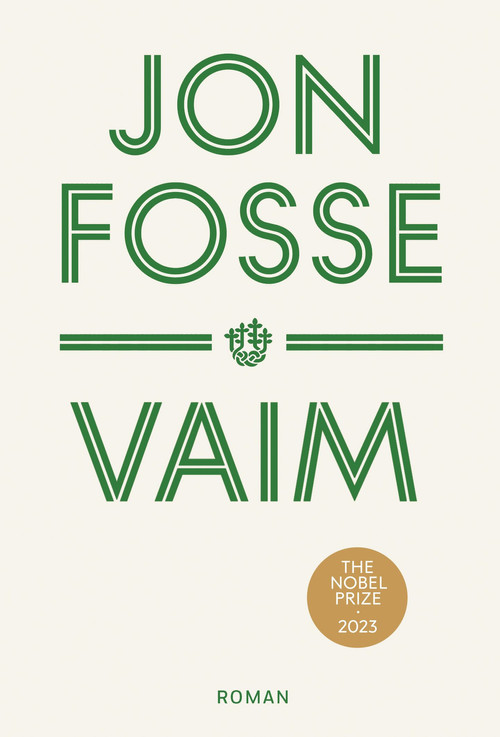The second part of the Echoes of the City-trilogy. We've all stood on a street corner and let the city's lights and sounds pass by. What do we hear when we listen to the sounds of the city? What traces do they leave in us? Who is at the other end of the line when the phone rings? What story can we deduce from the protocols from Fagerborg's branch of the Red Cross in the post-war years? How do the stories all connect? When someone loses something, someone else finds something different. The city and the streets are the same as before, but the people who emerge in Echoes of the City have never been seen before.
In this book Maj – and her struggle to bring up her children, Signe and Jesper – is in focus. Jesper and his best friend, Jostein the butcher's son, grow from children into young men in each their own way.
"In this magnificent novel Lars Saabye Christensen delivers quoteworthy and goldlike sentences, vigorous word play and surprising associations."
"Sometimes the author's language resembles poetry. Other times it flows with cascades bringing to mind great authors like Agnar Mykle (...) top-class literature."
"Saabye Christensen on his home turf, the author at his best."
"I just have to repeat how impressed I am with Lars Saabye Christensen. It's like he's just sitting there, almost improvising on his keyboard and suddenly he's composed yet another masterpiece, in a trilogy I predict will be as successful as The Half Brother."
“It is so elegant, it is so light and there is such a drive in his language, which leaves me, the reader, sitting/lying there, smiling over his skilful phrasing. (…) I want to follow these people and this place all the way – no matter where it ends.”
“Saabye Christensen's writing is rich and elegant, and always easy to read. Burlesque humor that borders on farce, with an underlying layer of melancholy. [...] Do we really have to wait a whole year for the next book?”
“Eminent is a big word. Even so, it comes to mind assessing the second volume of Lars Saabye Christensen’s memoir novel, Traces of the City."
“The reader breathlessly follows, into and under the skin of the novel’s protagonists; we hear what they hear, see what they see, while the Oslo of days gone by rises out of the mist with its zeitgeist of small shops and events, humility and crushed dreams.”
The curator of the city’s cultural heritage
“In an extension of this book’s affectionately realistic portrayal of Oslo, both preservation and renewal remain open to possibilities for the attentive curator of the city’s cultural heritage.”
